-
A Point of Light in the Stars.
Posted on April 29th, 2021 No commentsA unique effects solution to a Star Trek send-off
Deep Space Nine, the space station, was always a physical model except for the last shot of the series. For the final episode, “What you leave behind,” the last shot in the script called for a camera pull-back from Jake and Kira out a DS-9 window and away until the station was just another point of light in the stars.
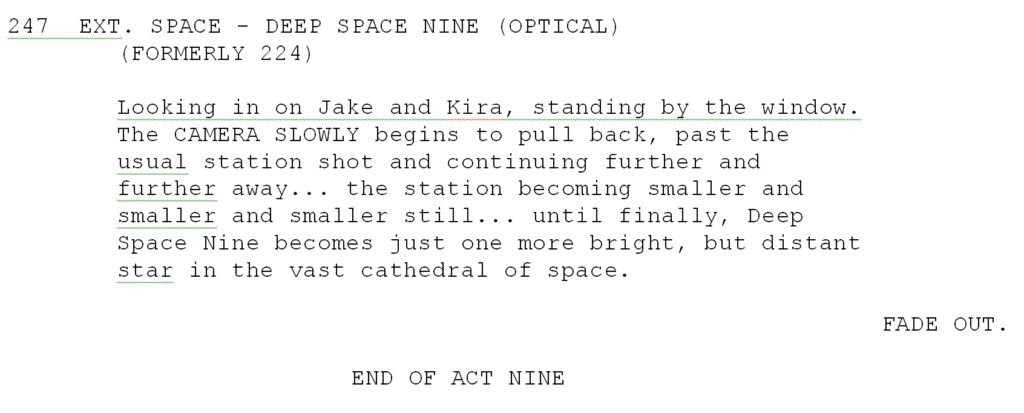
The challenges of this shot were enormous. We had to film a live-action camera zoom-out from Jake and Kira in the window on the set and later match that move and extend it to an infinite pull-back from a model. Using the existing DS-9 model was going to be a problem.
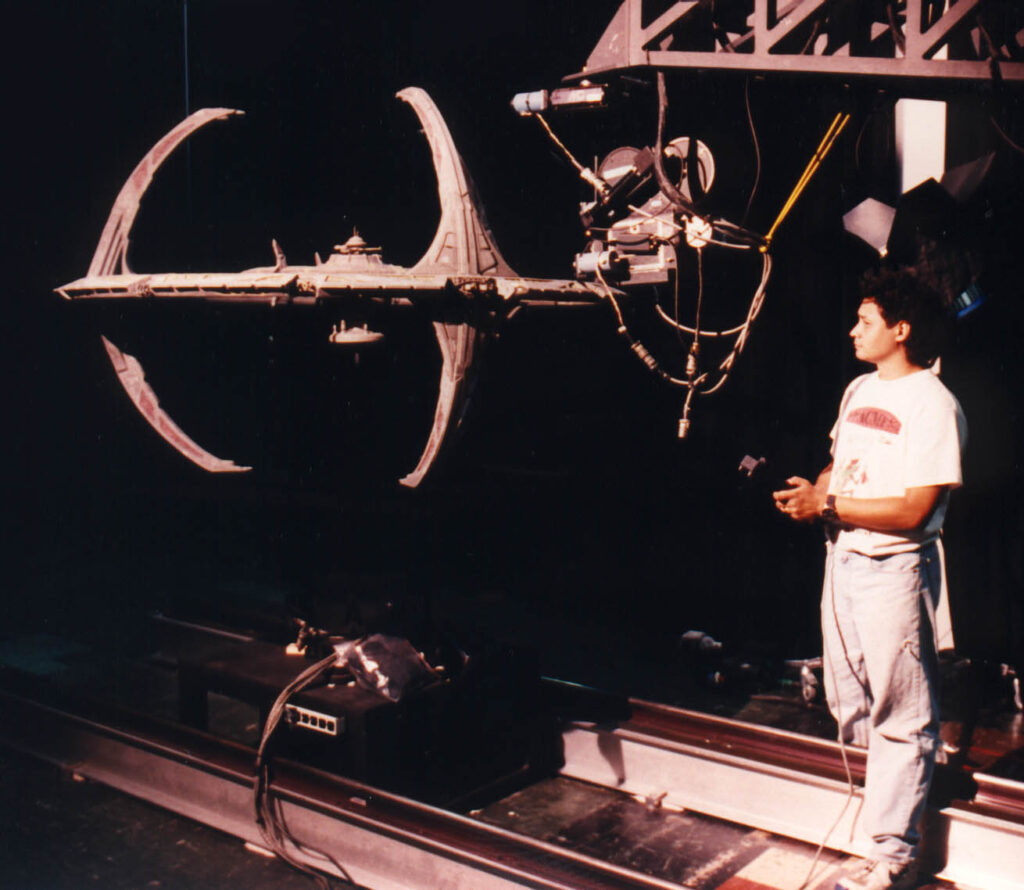
Cameraman Stephen Lebed with 6 ft DS-9
-
Creating a dramatic Star Trek starship smackdown
Posted on March 28th, 2020 No commentsDestroying spaceships was one of the more interesting challenges on the Star Trek TV shows. The default approach was to superimpose some gasoline fireballs over the spaceship miniature and then dissolve the model out and call it a day. Early on after I arrived at Star Trek I did experiment with what were supposed to be thermonuclear explosions with bright flashes and shock waves. It was effective in the scenes but a bit unsatisfying.
When the story allowed I would try to make the shot a bit more fun with what I called “visual shorthand.” I was looking for what quickly communicated visually that a starship was in trouble.
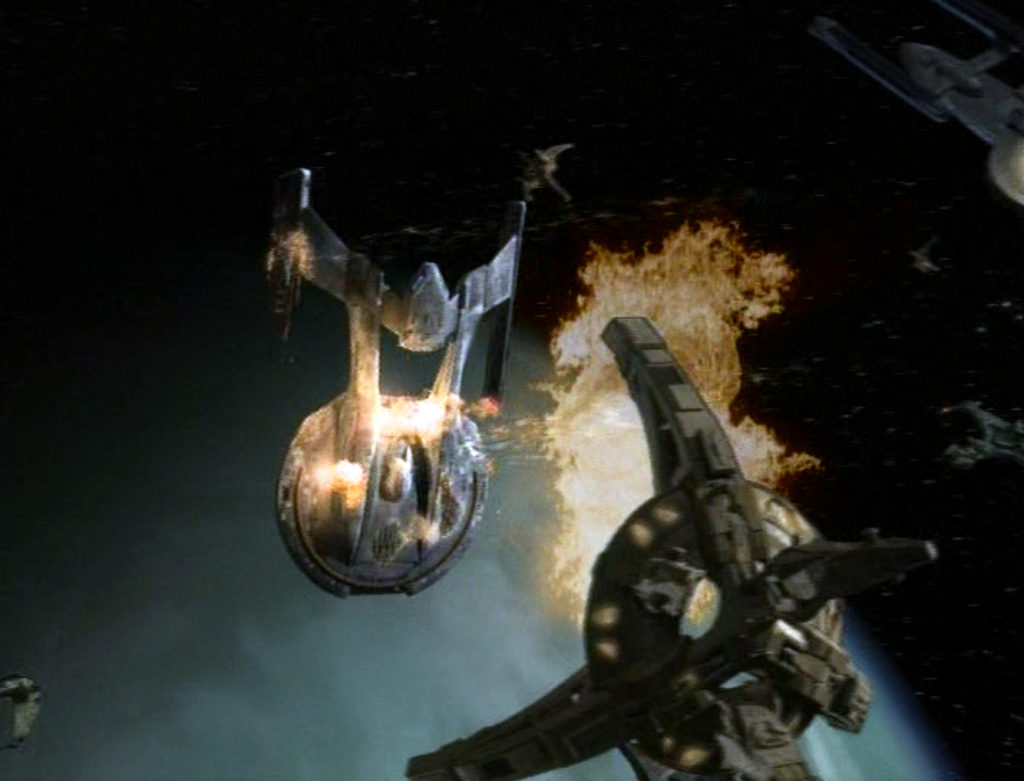 As I originally pondered this I wondered what was a real-world visual correlate to spaceships being destroyed. To me, the best comparison was a huge military ship in combat. I most often thought of the Bismarck sinking in 1941.
As I originally pondered this I wondered what was a real-world visual correlate to spaceships being destroyed. To me, the best comparison was a huge military ship in combat. I most often thought of the Bismarck sinking in 1941.After a massive battle, the Bismarck roll over onto its side and sank.
This is an example of how an artist’s life experiences can affect their work. My awareness of the Bismarck capsizing is a direct result of building a model for a middle school history class. I proudly showed my model of the Bismarck to my instructor.
Being a typical young teenager I had not done my research and had constructed the model sinking by the bow like the Titanic. My instructor complimented my model and then informed me that the Bismarck actually sank by rolling over or capsizing. My embarrassment etched the experience into my memory for me to draw up many years later for Star Trek.
-
Multi-pass photography of miniature spaceships for Star Trek
Posted on February 18th, 2019 No commentsFor Star Trek, the original series, the model of the Enterprise was shot in one pass at live action speed over blue screen. Live filming and blue screen exposure requirements necessitated a more open f/stop so focus was shallow when close to small models.
The TOS Enterprise model was huge at about eleven feet long.

-
Mantecoza Steam Horse – Guest Blog by Diane Cook: Part II
Posted on December 9th, 2013 No commentsHello! In order to share this fine article with more people, I invited Diane Cook to re-post her experiences in modeling a steampunk style mechanical horse. Diane has generously agreed and offers these reflections. This is part 2:
Most of the horse was now spackled, but there were still more pieces to add. David was not convinced that this model would hold up and the spackle would eventually crack. I tested the main body for pliability by squeezing it slightly. Anywhere that seemed weak was reinforced with pieces of wet muslin coated with carpenters glue. Once that dried, it was covered again with a layer of more newspaper. By doing this, I was able to feather the new skin into the older one. A light layer of spackle was applied and later a thick latex primer.
-
Mantecoza Steam Horse – Guest Blog by Diane Cook: Part I
Posted on December 6th, 2013 No commentsHello! In order to share this fine article with more people, I invited Diane Cook to re-post her experiences in modeling a steampunk style mechanical horse. Diane has generously agreed and offers these reflections:
Arizona has a small independent film community that relies mainly on volunteers to work on their projects. Last summer, Emmy award winner David Stipes and I met many aspiring filmmakers at Phoenix Comicon.
One project that caught David’s attention was the steampunk fantasy, Mantecoza. It centers on the character of Sebastian King, an average office worker, who is suddenly thrust into the neo-Victorian world of Mantecoza, where he struggles to learn how to be a wizard in order to fulfill his destiny. The realm of Mantecoza presents as an alternate steampunk fantasy reality, which the Wizard of Mantecoza accesses by a magic ring.
After meeting with the creator, Sue Kaff, and looking over the script, David felt more steampunk qualities could be added to the film. His idea was to build a miniature model of a steam horse for a forced perspective shot. Although the model would only be about 12 inches tall, with the camera close to it the model would appear larger and in scale with the live action background.
Inspired by Dutch artist, Theo Jansen’s strandbeest, David created a concept design of a horse powered by steam.



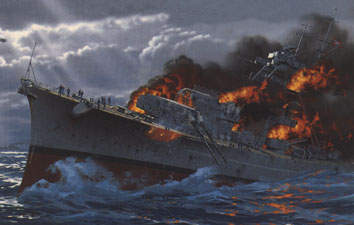
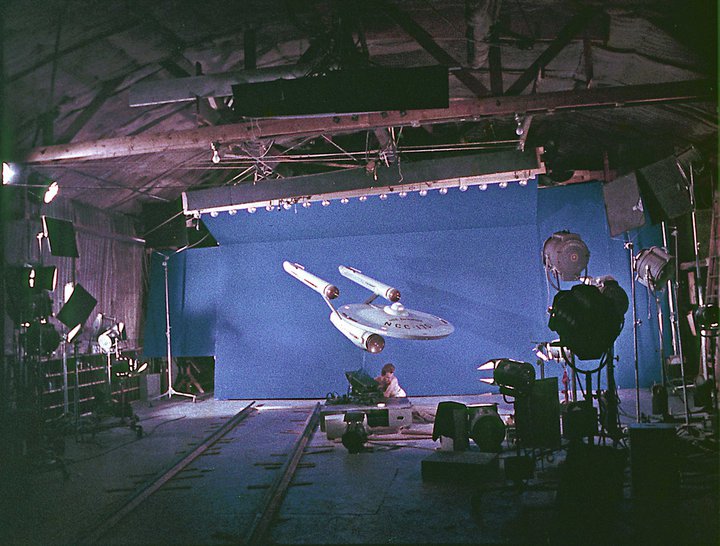

Recent Comments